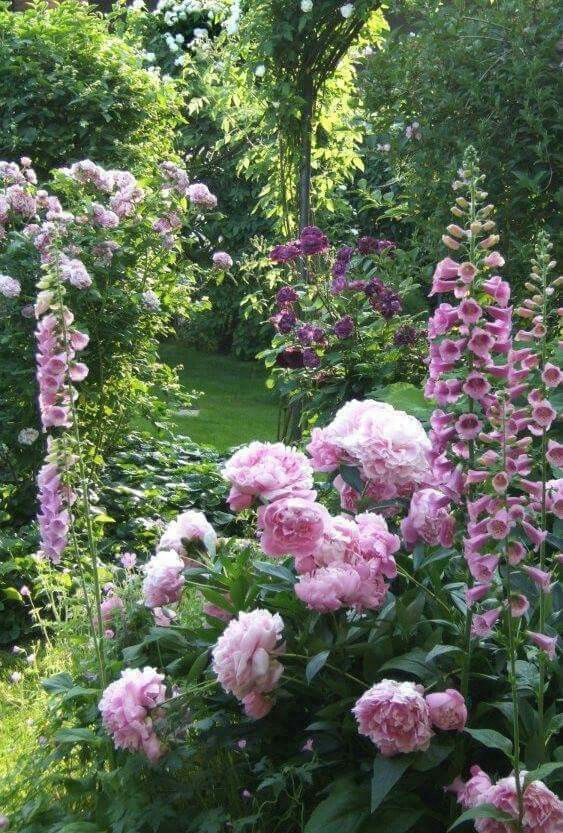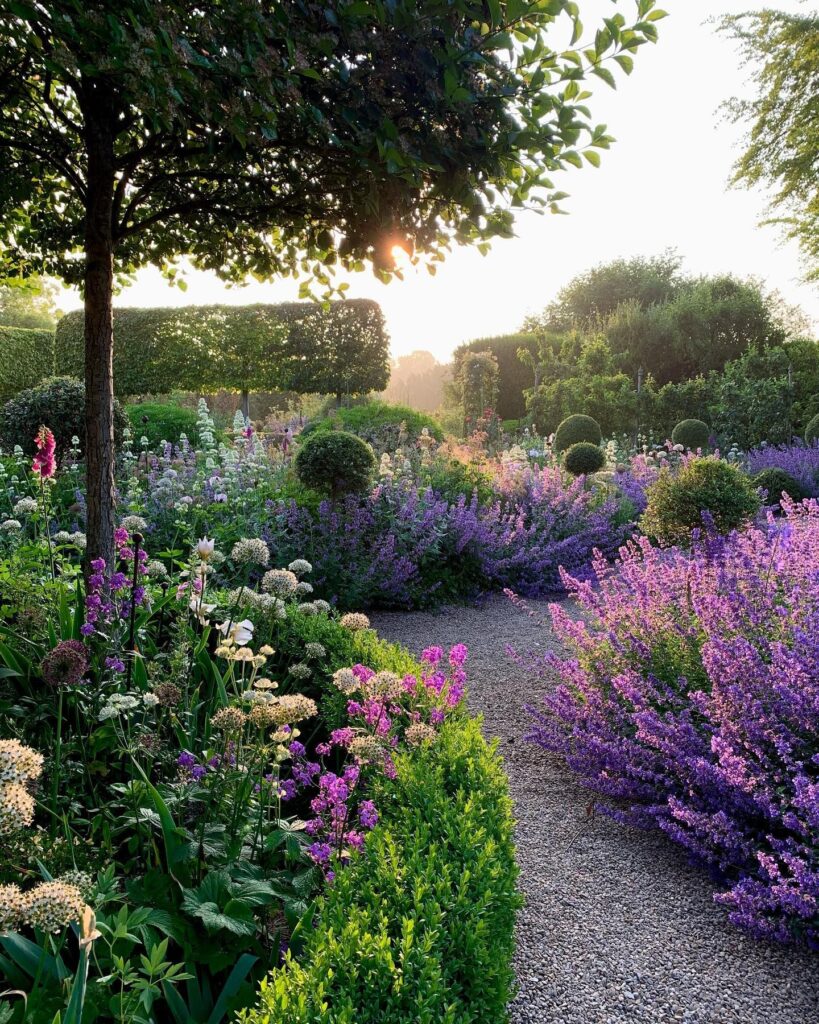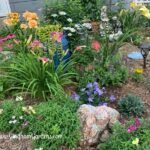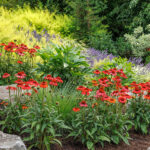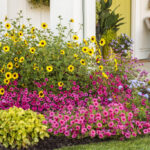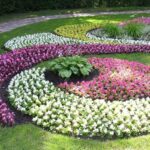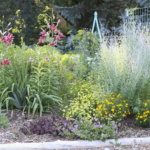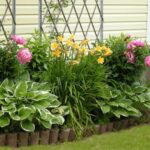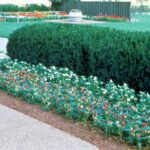Designing a flower garden can be a fun and rewarding project for any green thumb. When planning a flower garden, it is important to consider the layout, color scheme, and maintenance requirements of the plants you choose. One popular design option is the traditional English cottage garden, which features a mix of colorful flowers and a relaxed, informal layout.
When choosing plants for your flower garden, it is important to consider the climate and soil conditions in your area. Some popular options for flower gardens include roses, tulips, daisies, and lavender. It is also important to choose a variety of plants that bloom at different times of the year, so your garden will have color and interest throughout the seasons.
Another key aspect of flower garden design is the layout of your garden beds. Consider using curved edges and pathways to create a more natural, flowing look. You can also incorporate elements such as trellises, arbors, and garden sculptures to add interest and height to your garden design.
In addition to the layout and plant selection, it is important to pay attention to the color scheme of your flower garden. You can create a cohesive look by choosing flowers in complementary or contrasting colors. For example, you could plant a bed of blue and purple flowers, accented with pops of yellow or white for contrast.
To maintain a healthy and thriving flower garden, it is important to regularly water, fertilize, and prune your plants. Mulching around your garden beds can help retain moisture and suppress weeds. It is also important to regularly check for pests and diseases and take action as needed to protect your plants.
Overall, designing a flower garden is a creative and enjoyable process that can bring beauty and joy to your outdoor space. By carefully planning your layout, plant selection, and maintenance routine, you can create a stunning and vibrant flower garden that will be the envy of your neighborhood.
